Fish and Chips Recipe – Fish and chips, a dish that combines crispy fried fish with golden-brown potato chips, is frequently regarded an iconic British food. This well-known classic has a long history and is adored by people all across the world. In this article, we’ll discuss the origins of fish and chips, the best fish for this dish, its health benefits, the best sauces to pair with it, the countries where it’s popular, savor its delicious taste, and provide you with a simple recipe as well as the necessary cooking equipment.
Fish and Chips Recipe
What is Fish and Chips?
Fish and chips is a traditional British dish that consists of battered and deep-fried white fish, usually cod or haddock, served with deep-fried potato slices known as chips in the UK (equivalent to “fries” in the United States). It’s frequently served with tartar sauce, malt vinegar, or lemon. Fish and chips is a popular takeaway dish in the United Kingdom, as well as in many other countries of the world.
The History of Fish and Chips
Fish and chips, a legendary meal with humble origins, may be traced back to 19th-century Britain’s working-class regions. The origins of this popular dish can be traced back to the introduction of fish as a staple in the British diet, as well as the advent of low-cost potatoes. Its popularity grew as street food vendors sought to provide quick, economical, and readily transportable meals to the city’s burgeoning population. Wrapped in newspapers, fish and chips became a popular fast-food alternative for the masses, eventually spreading from the United Kingdom to other parts of the world, where it got regional twists while retaining its essence of crispy battered fish and golden-brown chips.
What is the Best Fish for Fish and Chips?
When it comes to producing the best fish and chips, the type of fish used is an important consideration that can have a big impact on the flavor and texture of the dish. The finest fish for fish and chips is one that has a mild flavor, is soft, and can be battered and fried to achieve a crispy, golden-brown exterior. Among the many choices, two varieties of fish are especially popular for fish and chips:
- Cod: Cod is the most traditional and extensively used fish in fish and chips. It’s famous for its mild, flaky white meat, which makes it an ideal option for this dish. Cod maintains its shape nicely during frying and has a neutral flavor that allows the batter and seasonings to come through.
- Haddock: Another favorite fish for fish and chips is haddock. It tastes and feels similar to cod, with soft white meat that readily absorbs the flavors of the batter and seasonings. Haddock is popular among fish and chip lovers due to its slightly sweeter flavor.
Cod and haddock are both widely available in many areas and are considered sustainable fish options. To ensure the highest quality and flavor, choose fresh fillets when purchasing these fish.
While cod and haddock are the typical choices, other fish kinds, depending on regional preferences and availability, can also be used for fish and chips. Among the choices are:
- Pollock: Pollock is a less expensive option that has texture and flavor characteristics similar to cod and haddock. It’s commonly seen in fish and chips, particularly at fast-food restaurants.
- Plaice is a delicate, sweet-flavored flatfish with a soft texture. It’s a popular choice for fish and chips, especially in some parts of the United Kingdom.
Finally, the ideal fish for fish and chips is determined by personal taste and regional traditions. You can try other fish to find your favorite, but cod and haddock are timeless classics that are widely recognized for their compatibility with the crispy, golden batter and the overall taste of the dish.
Are Fish and Chips Healthy?
The nutritional value of fish and chips varies depending on how it is prepared and consumed. Let’s look at the aspects that can determine whether or not fish and chips is a healthy option:
- Fish is a good source of protein and high in key nutrients including omega-3 fatty acids, which are good for heart health and cognitive function. Cod and haddock, the traditional fish and chips choices, are lean white fish that are low in calories and fat.
- Chips (French Fries): The chips portion of fish and chips, which are essentially deep-fried potatoes, are heavy in calories and fat, particularly when made in the conventional deep-frying style. Traditional chips, on the other hand, have healthier alternatives, such as oven-baked or air-fried variants, which reduce overall fat content.
- Batter: The batter used for fish and chips often comprises flour, which adds carbohydrates and absorbs oil while frying, adding to the dish’s overall calorie and fat load. The batter may also be heavy in salt, which may be an issue for those trying to limit their sodium consumption.
- Deep-frying fish and chips is a popular method of cooking that can greatly increase the calorie and fat content of the dish. Healthy cooking methods, such as baking or air-frying, can lower overall fat content while maintaining a crispy quality.
- Portion Size: The size of the portion is important. Overeating any food, whether healthy or harmful, can result in an excess of calories. Moderation is essential.
The healthiness of fish and chips is determined by how they are prepared and consumed. If you create them at home, you can control the quality of the ingredients and the cooking procedures, resulting in a healthier version. Choosing baked or air-fried chips, using a light batter, and watching portion sizes can all make a difference. It’s also important to think about the matching sauces and side dishes. Indulging in fish and chips on occasion as a pleasure can help find a balance between taste and health.
What Sauces Go Well with Fish and Chips?
Fish and chips are frequently accompanied by a range of sauces that enhance the flavors and textures. Here are some common sauces and accompaniments for fish and chips:
- Tartar Sauce: Tartar sauce is a traditional accompaniment to fish and chips. It’s a creamy condiment made with mayonnaise, chopped pickles or capers, and a variety of herbs and seasonings. Tartar sauce’s acidic, spicy flavor contrasts the mildness of the fish and provides a lovely creaminess to each bite.
- Malt vinegar is a traditional seasoning that can be generously sprinkled over the fish and chips. Its strong, acidic tang complements the whole flavor and creates a nice contrast to the dish’s crunchy surface.
- Ketchup: With its sweet and somewhat tangy flavor, ketchup is a popular choice among those who love a traditional tomato-based sauce. It can be used to dip chips in or drizzle over fish to provide a familiar flavor to the dish.
- Squeeze fresh lemon juice over fish and chips to improve the tastes and add a crisp, zesty zing. It’s a healthier alternative to some of the creamier condiments.
- Soy Sauce: For a unique touch on standard condiments, try dipping your fish and chips in soy sauce, especially if you like savory, umami flavors. Soy sauce can enhance the flavor of a food.
The sauce or complement you choose is ultimately determined by your personal preferences. When enjoying this classic dish, many individuals like experimenting with different condiments to discover their ideal flavor combination.
How is Fish and Chips Taste?
The enticing flavor of fish and chips attests to the exquisite contrast of textures and flavors provided by this classic dish. What makes fish and chips so enticing is the harmonic blend of crispy, golden-brown exteriors and delicate, flaky innards.
- Crispy Perfection: The batter-coated fish is fried to crispy perfection, giving each bite a delightful crunch. The outer layer is a lovely golden armor that protects the succulent fish inside.
- Mild and Flaky Fish: Tender, flaky fish is hidden beneath the crisp shell. Whether it’s cod, haddock, or another kind, the white fish has a mild, delicate flavor that complements the thick, golden batter perfectly.
- Golden-brown Chips: The accompanying chips, sometimes known as French fries, are an important part of the experience. These thick or thin slices of potato are roasted to a golden brown color and serve as a pleasant, starchy accompaniment to the fish.
- Delicious and salty: The overall flavor of the dish is delicious and satisfying. A well-balanced flavor is created by the mix of the slightly salty batter, the natural flavor of the fish, and the starchy potatoes.
- Dipping Delights: The sauces and condiments that come with fish and chips provide a new dimension of flavor. The range of dipping options allows you to adjust the flavor to your liking, whether it’s tartar sauce for creaminess, malt vinegar for tang, or ketchup for sweetness.
- Comfort and Tradition: Aside from the taste, fish and chips evoke feelings of comfort and tradition. It’s a supper that’s profoundly ingrained in many countries’ culinary histories, providing a nostalgic, pleasant experience.
The tempting flavor of fish and chips is a symphony of textures and flavors, with each component playing an important role in creating a gratifying and memorable dining experience. This classic dish continues to enchant taste buds and hearts around the world, whether savored by the sea or in the comfort of your own home.
More Main Dishes Recipes
Looking for more main dishes recipes? Here are some of my favorites:
How to Make Fish and Chips
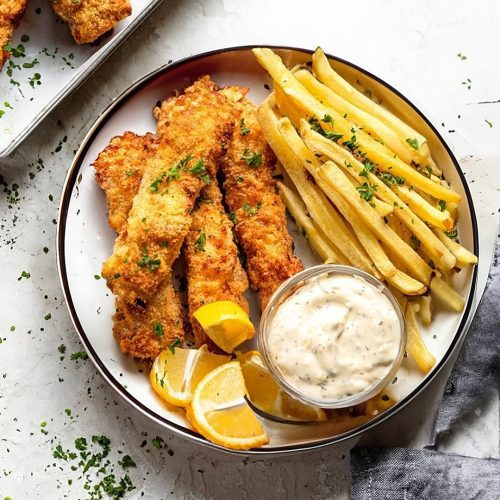
Fish and Chips Recipe
Equipment
- deep fryer
- Large Pot
- a slotted spoon
- Thermometer
- Mixing Bowls
- Whisk
- paper towel-lined
Ingredients
- 4 fillets of fresh cod or haddock
- 1 cup all-purpose flour
- 1 teaspoon baking powder
- 1 cup cold sparkling water
- Salt and pepper to taste
- Vegetable oil for frying
- Potatoes for making chips
- Lemon wedges and tartar sauce for serving
Instructions
- To create the chips, peel and cut the potatoes into thick strips. Thoroughly rinse and dry them.
- In a deep fryer or a big, heavy-bottomed pot, heat the vegetable oil to 350°F (175°C).
- In a mixing basin, combine the flour, baking powder, sparkling water, salt, and pepper until smooth.
- Allow the extra batter to drop off the fish fillets before carefully placing them in the heated oil. Fry them till golden brown and crispy, about 5-7 minutes.
- While the fish is frying, fry the potato chips in the heated oil until golden and crispy.
- Remove the fish and chips from the oil with a slotted spoon and drain any excess oil on paper towels.
- Serve immediately with lemon wedges, tartar sauce, or your favorite toppings.
Conclusion
The original fish and chips recipe has withstood the test of time. It has captured the hearts of people all over the world thanks to its rich history, the enticing flavor combination of crispy, golden-brown batter and soft, flaky fish, and the comforting presence of properly cooked chips. This dish continues to provide joy and satisfaction to all who experience its wonderful taste, whether served in conventional fish and chip shops, at home, or with regional variants and accompaniments. The variety of fish and chips provides for a one-of-a-kind and individualized culinary experience, from selecting the best fish to experimenting with numerous accompaniments. So, whether you’re by the seaside, at a local eatery, or in your own kitchen, fish and chips remains a timeless, irresistible delight that transcends borders and generations.
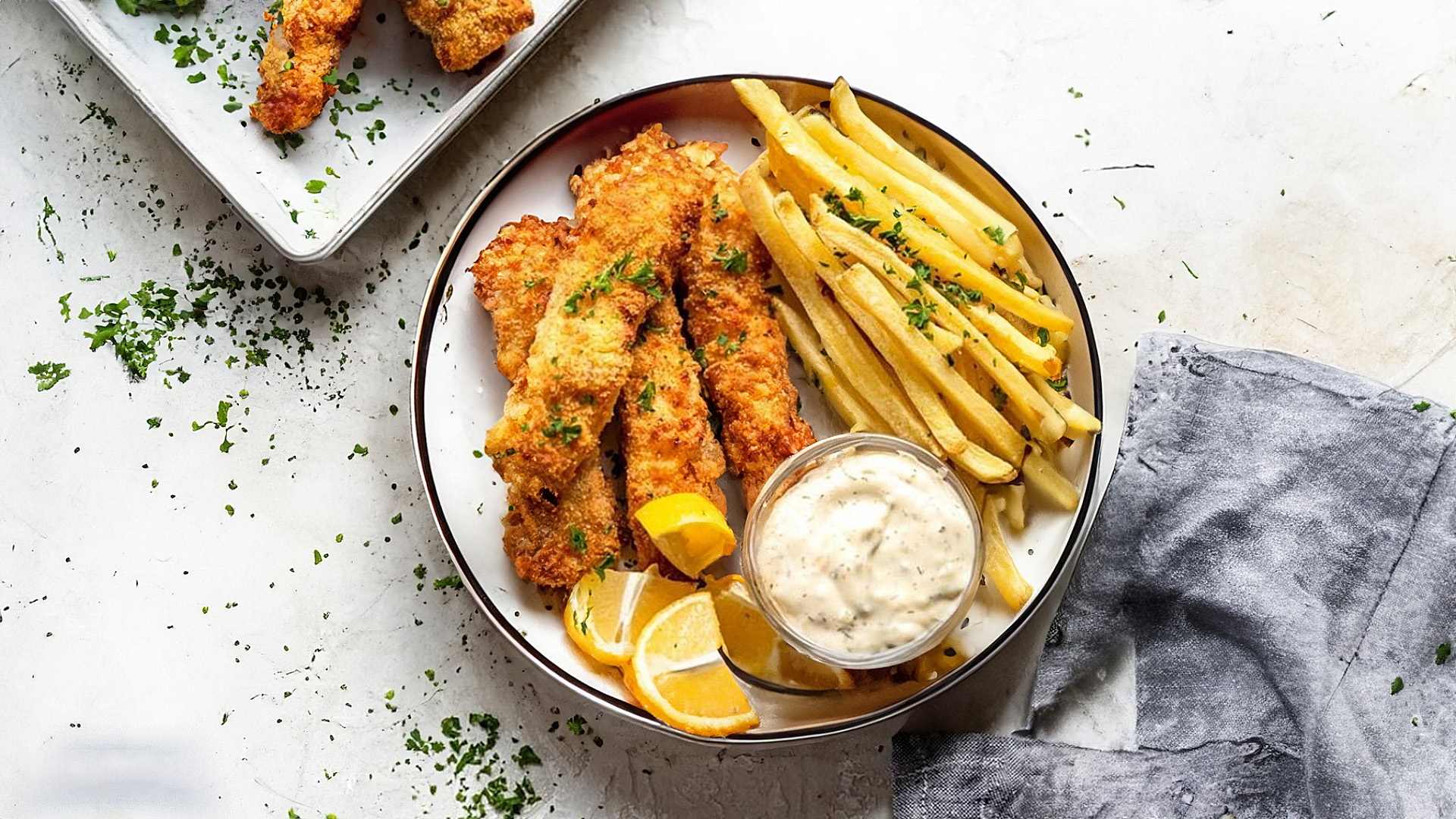

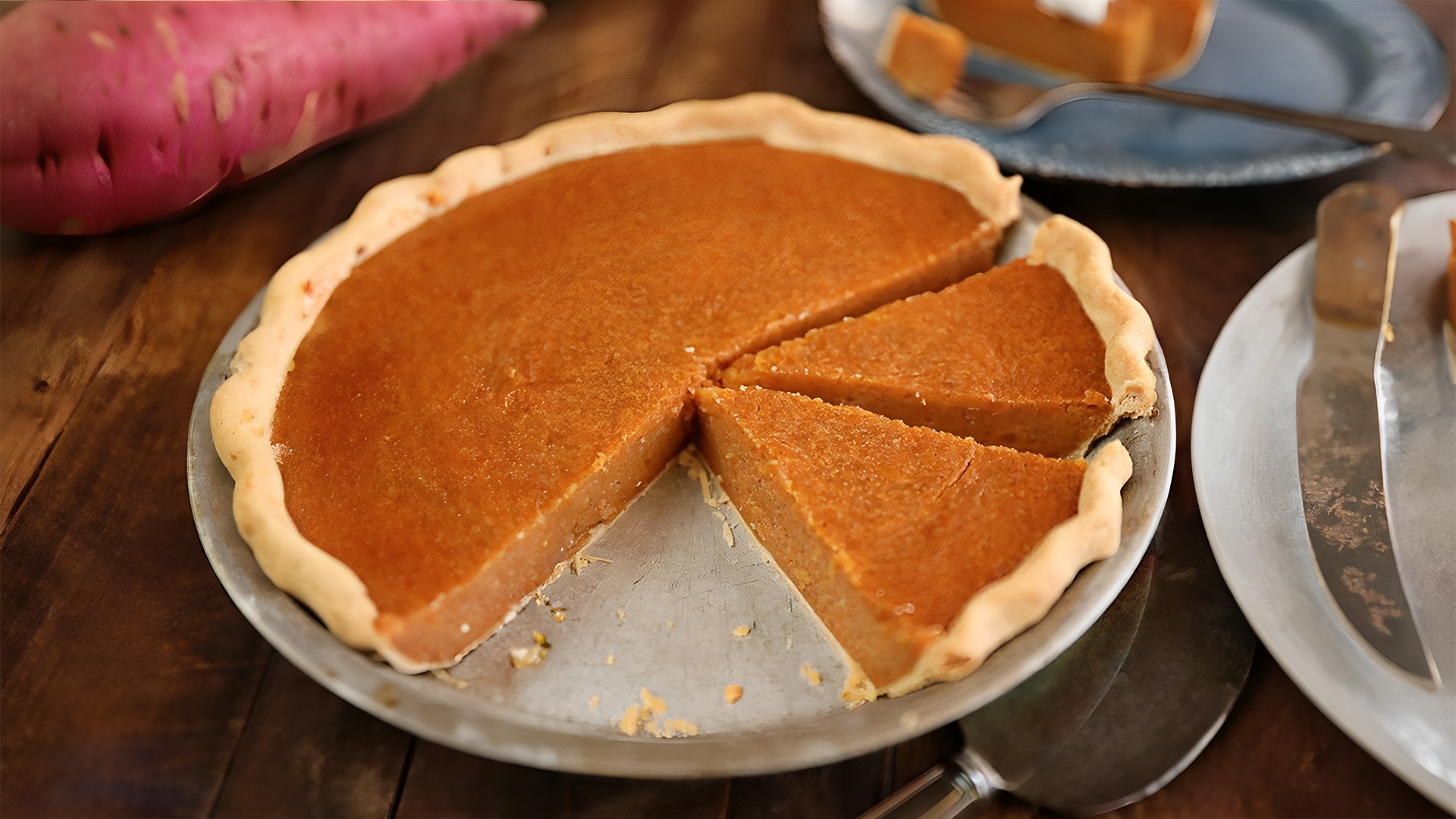
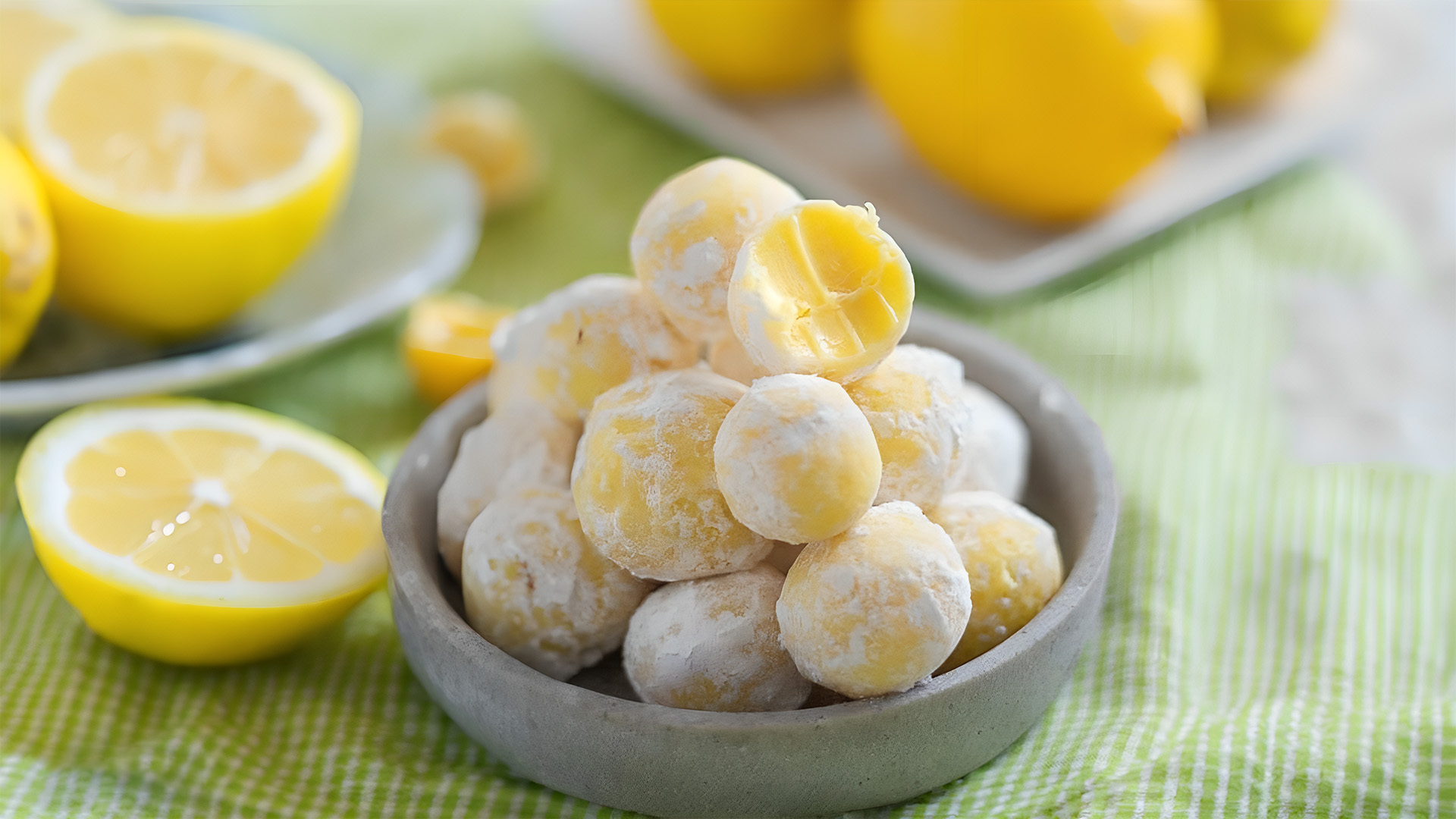
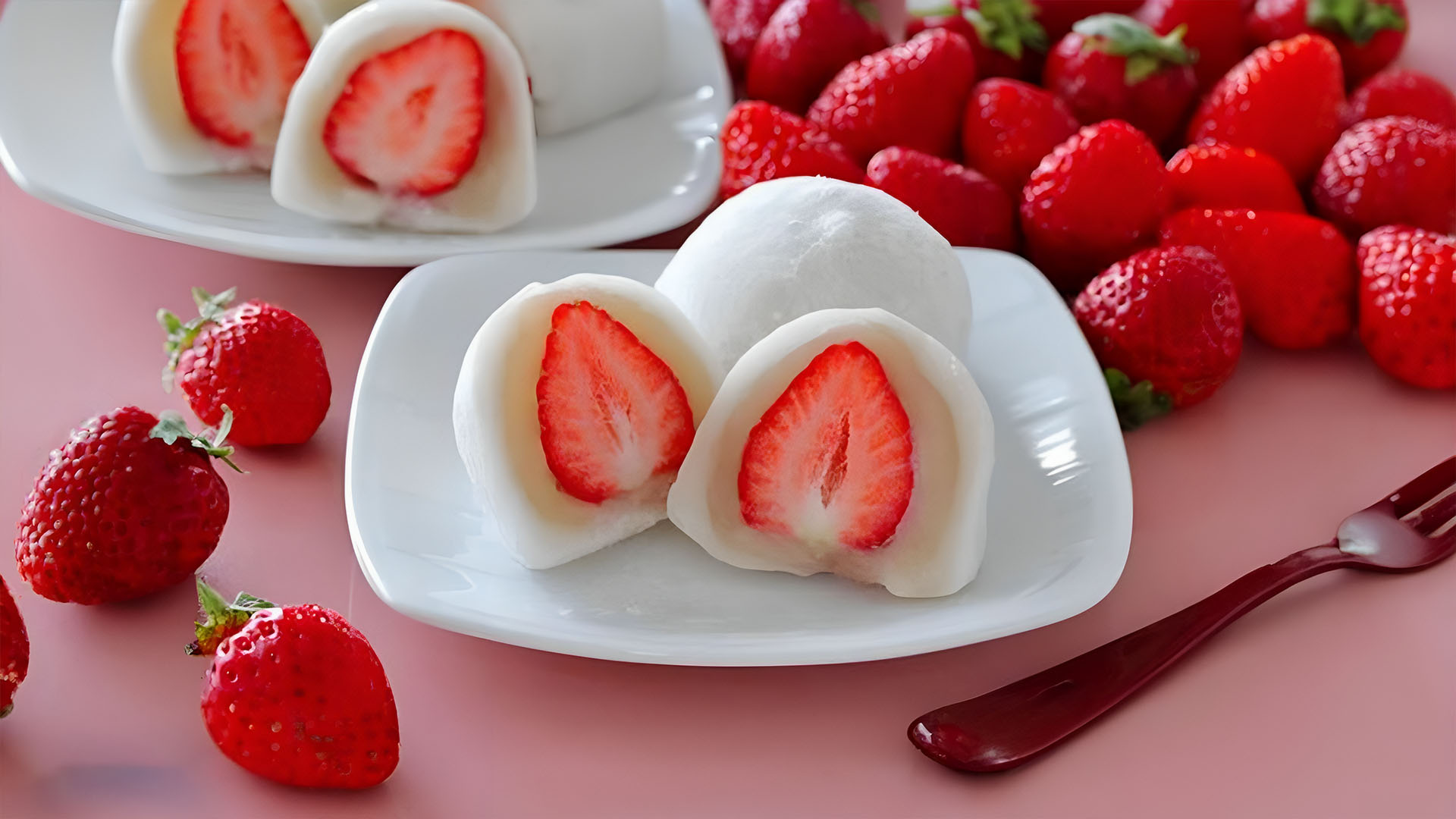






Leave a Reply